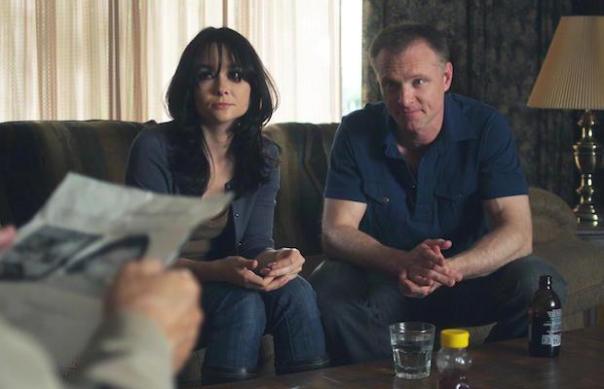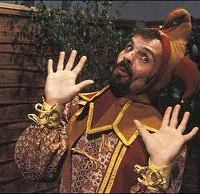
Movies are a huge part of our shared pop-cultural heritage, and almost every creative person I know harbours at least some small desire to make a film. As a writer, film critic and lifelong movie buff myself, it is the ultimate dream. It’s just the prospect of getting together everything you need – especially money – to make a film that’s the frightening part.
While low budget indie success stories are motivating – Sean Baker filming Tangerine on iPhones on the streets of LA; Shane Carruth making his cult mind-bender Primer for just $7000 – the struggle to find success in the film industry has almost become a subgenre of its own. Johnny Depp as Ed Wood immediately springs to mind, schmoozing a naive prospective investor at a bar, who is interested just as long as there’s a part for her in his film – thanks to Harlow’s book, I now know this is called a “High Wealth Individual”.
Perhaps the most mysterious aspect of the whole endeavour is the money side of things. How do you raise enough money to get your project off the ground? How will it make money once it’s finished? Will your budget stretch to half-decent actors and equipment capable of making the movie watchable? Once that’s all over, how will you raise money for more films if, like a vast majority of low budget movies, yours disappears without a trace? Or worse still, loses money for the people who stumped up the cash to get it made in the first place?
It’s all daunting stuff, and thankfully Daniel Harlow is trying to answer these questions in his book, Making Movies Without Losing Money. A former IT entrepreneur, Harlow spent two years interviewing hundreds of business-minded figures in the industry, seeking answers to help budding filmmakers stand a chance of negotiating this minefield.
Harlow makes no bones about the difficulties involved, and initially the book makes the industry sound as scary as I suspected, laying out the harsh realities. Making a financially profitable film for under $1million has a failure rate of 90%, we find out in the intro. He paints a picture of a whole army of dreamers networking and haunting film festivals, looking for a way in, but aren’t as far along with their projects as they’d like because they spend most of their time seeking funds.
Harlow takes a pragmatic approach. His key thesis is that as an artist, you must consider what will make a commercially attractive product for potential investors, buyers and audiences. Sure, he wants to make movies too, but as a successful businessman himself, he also doesn’t want to throw money away. Would-be auteurs who want to create their vision without compromise will find little solace here – as Harlow matter-of-factly states, if you want to make your movie your way, then you should use your own money.
The breezy 150-page book covers a range of topics with advice that may invert your expectations. Film festivals might seem like a great place to showcase your low-budget indie, but the odds of getting accepted for the big boys (Sundance, Toronto, Berlin, Cannes) are extremely low and a waste of money applying – better off shooting for the less prestigious likes of the AFM (American Film Market) where at least your movie might have a chance of selling.
Similarly, there’s an interesting section on story, genres, film elements – I always assumed that “boobs and blood” was a sure-fire way to turn a profit on a low budget flick. Turns out, not so much these days. Now foreign markets are such a massive consideration, along with streaming platforms like Netflix, too much nudity or gore might turn off a potential buyer. Handy advice? If you’re going to put some T&A in your picture, keep it to one easily edited scene which features no important plot points.
On the flip side, what always sells? “Girls and Ponies”. I’m now scratching my head wondering how I can retrofit some of my dusty old screenplays to fit the “girls and ponies” category…
There’s some detailed background on the more finance-oriented stuff, including overviews of the major players that will be involved in financing and getting your film made, rights to be sold, distribution, publicity, and so on. Going in, I had little knowledge of this side of the industry, and I feared that the book might be a chore. Luckily, Harlow writes in a succinct, no BS manner, peppering his advice with colourful descriptions and anecdotal examples. It all makes for an entertaining read.
For all the daunting obstacles facing the indie filmmaker that this book is aimed at, Harlow ends on a positive note. “For all its turmoil, entertainment is thrilling, creatively challenging and ripe with opportunity. This is the time to be in entertainment.”
Making Movies Without Losing Money will offer insight, encouragement, and help recalibrate your ideas about how to get your project made, and maybe even make a success of it.














